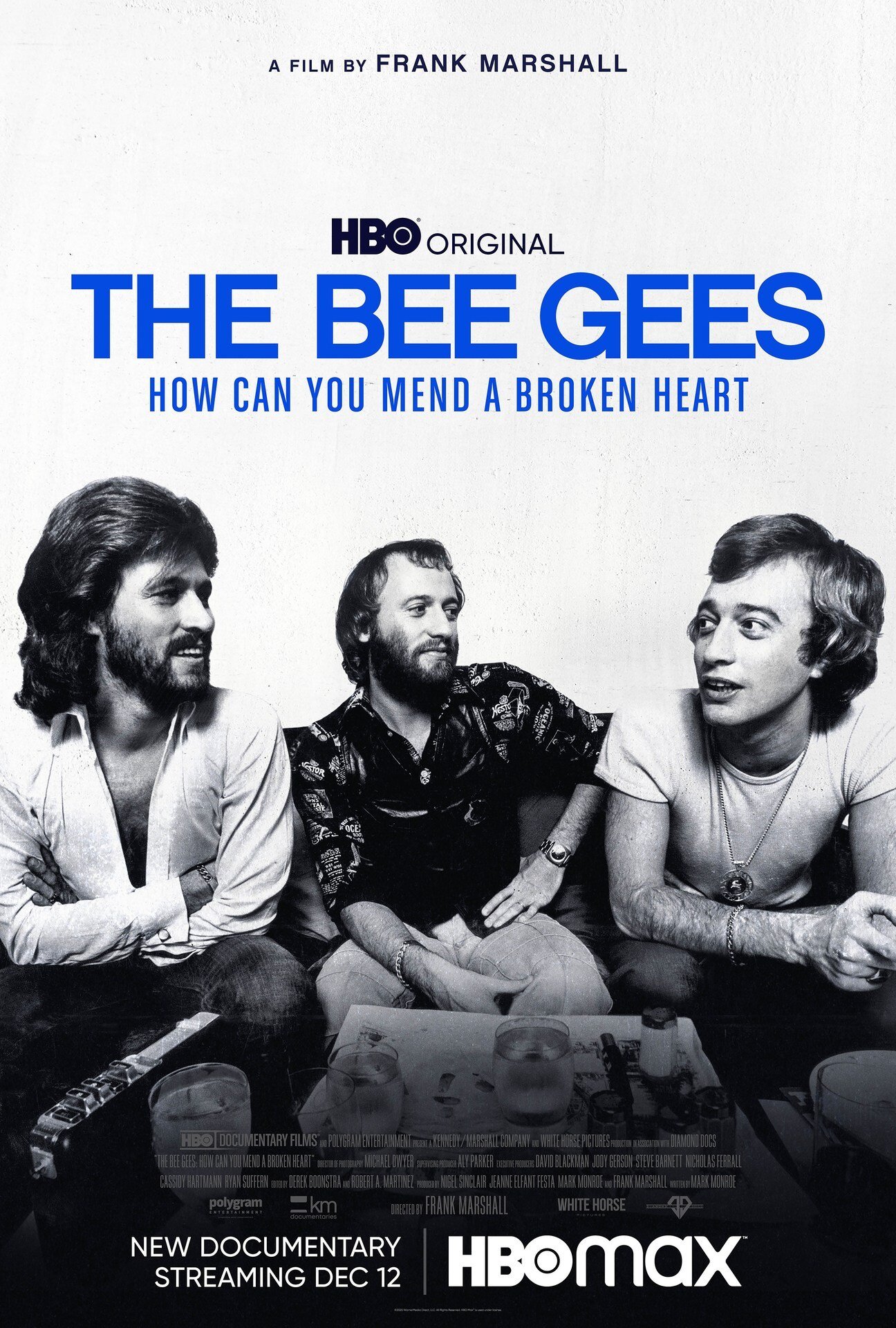Now Streaming - The Bee Gees: How to Mend a Broken Heart
/The Bee Gees: How Can You Mend a Broken Heart, streaming now on HBO Max, tells the story of Barry, Robin and Maurice Gibb, who rose to early fame as part of the British Invasion of the mid-1960s, and seemed headed for irrelevance after a few short years in the spotlight, before reemerging in the mid-70s as the global superstars of the disco era. Directed by Frank Marshall, the film makes the case for the Bee Gees as one of pop music's all-time great acts, and certainly one of the most resilient.
Gifted, prolific songwriters, they had a knack for picking up on the currents of the day. After relocating to Miami in 1975, they hit upon the emerging sound of disco and, by blending it it with their newly discovered talent for falsetto vocals, created a signature style that would dominate the latter half of the decade, culminating in the mega-success of the Saturday Night Fever soundtrack.
Though their image as the "Kings of Disco" would ultimately prove to be their undoing, they found a third act in the 1980s, writing hit songs for other artists, including Barbara Streisand, Dolly Parton and Kenny Rogers.
What was the secret to their endurance? As Noel Gallager of Oasis says in the film, “when you’ve got brother singing it’s like an instrument that nobody else can buy.”
The film includes a wealth of excellent archival footage, as well as interviews with Barry Gibb, the only surviving member of the Bee Gees, and archival interviews with Robin and Maurice. David Peck, president of Reelin in the Years Productions, was deeply involved in the project, and received an executive producer credit.
“It is the first time that I have received an Executive Producer credit on a film of this stature, and it’s a huge honor to have worked on a film directed by Frank Marshall, who is an absolute giant,” said Peck. “I was equally honored to work closely with the amazing production team at White Horse Pictures (Nigel Sinclair, Aly Parker, Nick Ferrall, Jeanne Elfant Festa, and Cassidy Hartmann) and I was heavily involved in guiding them in the direction of footage, not just in my archive, but others, that I thought fit the scene, and gave advice on historical accuracy as each cut developed.”
Jessica Berman-Bogdan, Cathy Carapella and Chris Robertson of Global ImageWorks provided archival research and clearance support, and Cathy Carapella handled music clearance.

